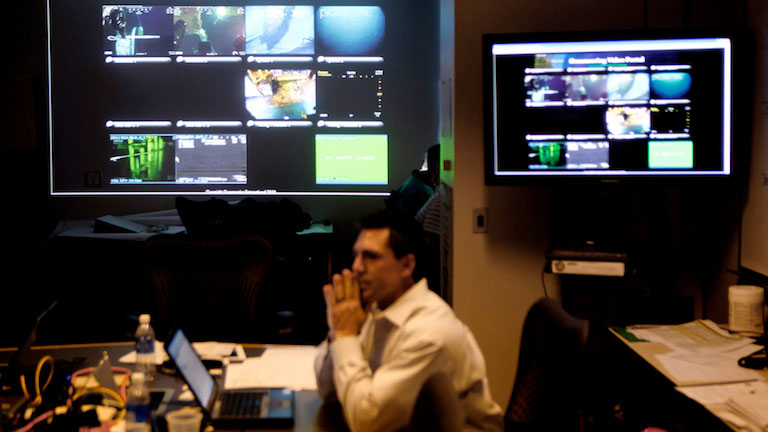Understanding the Damage

The efforts to repair the environmental damage and economic harm caused by the spill are continuing—and likely will for years. A sophisticated understanding of the full range of impacts on the Gulf is critical to effective recovery and restoration efforts. Historically, most applications of the Natural Resource Damage Assessment process have focused on coastal restoration, but the Macondo well spilled oil 5,000 feet below the surface where we have scant knowledge about many of the ecosystem’s aspects. Funding for scientific research on these deepwater environments and the creation of a framework for effective and coordinated research initiatives immediately following a major spill are to critical enhancing our long-term understanding of the impacts of the Deepwater Horizon disaster and other spills.
Similarly, a paucity of scientific data hinders our efforts to fully gauge the human health impacts of the spill and response efforts. For smaller oil spills, the response effort is generally carried out by trained oil spill response technicians, but given the scale of the response to the Deepwater Horizon spill and the need to enlist thousands of previously untrained individuals to clean the waters and coastline, many response workers were not screened for pre-existing conditions. This lack of basic medical information, which could have been collected if a short medical questionnaire had been distributed, limits the ability to draw accurate conclusions regarding long-term physical health impacts.
Existing authorities should be strengthened to ensure consistent application of medical screening and surveillance procedures for both formal response contractors and ad hoc citizen responders. Regarding public health, a medical services protocol should be incorporated to ensure emergency medical care, timely dissemination of public health information, and medical monitoring and surveillance. Furthermore, a public health protocol requiring the collection of adequate baseline data and long-term monitoring would allow researchers to assess the human dimensions of oil spills with greater accuracy.
